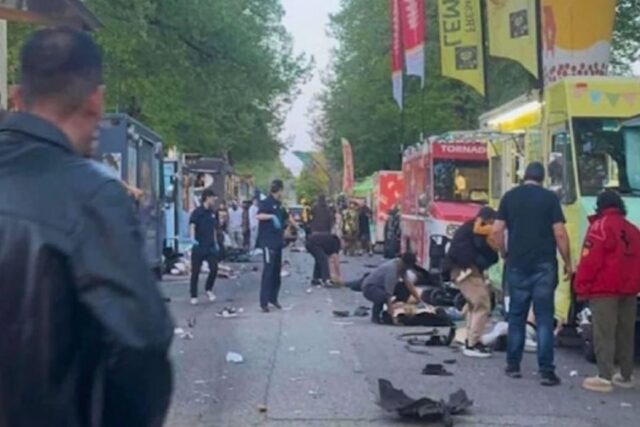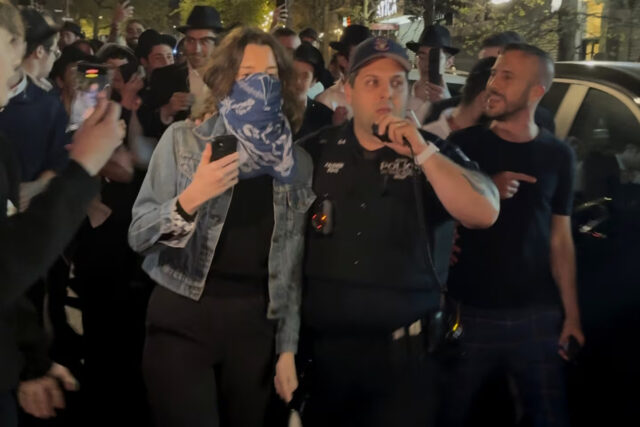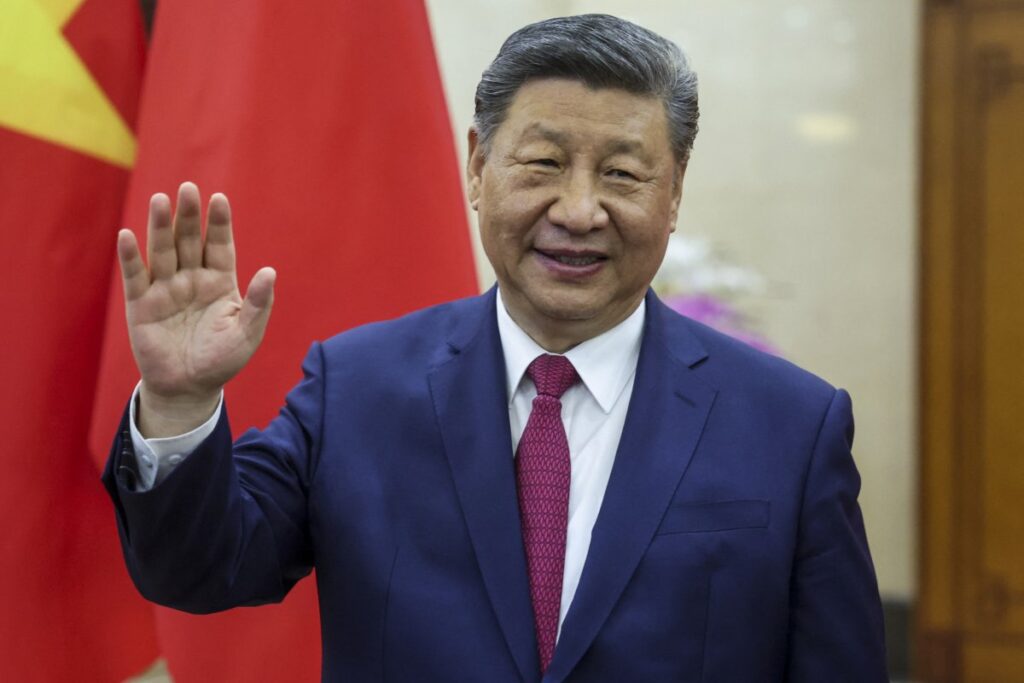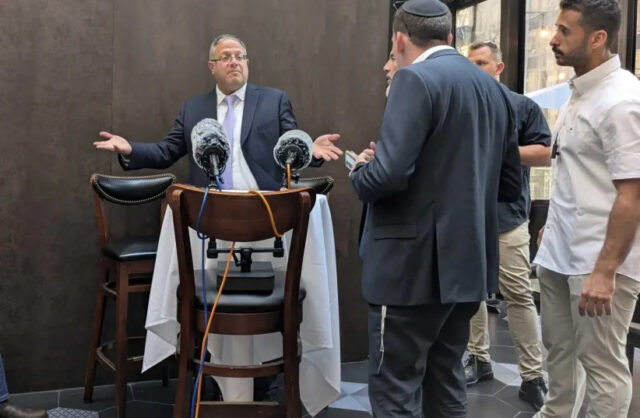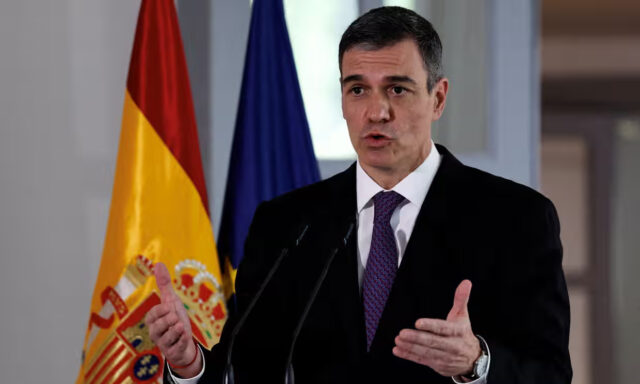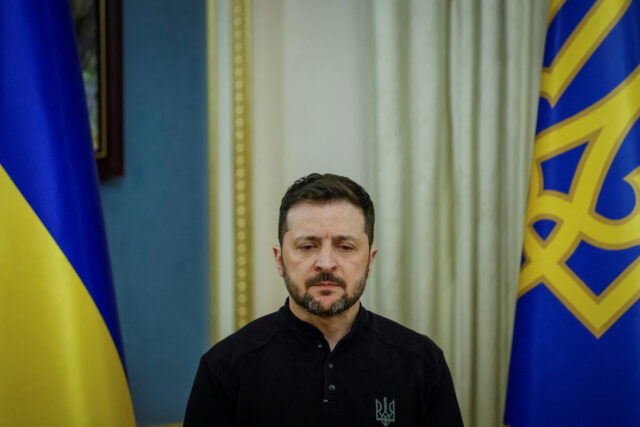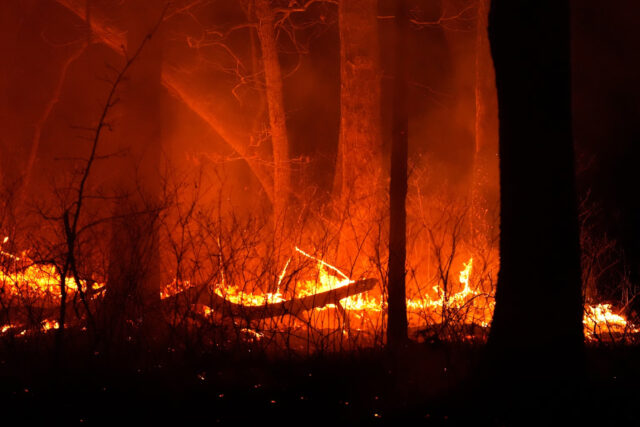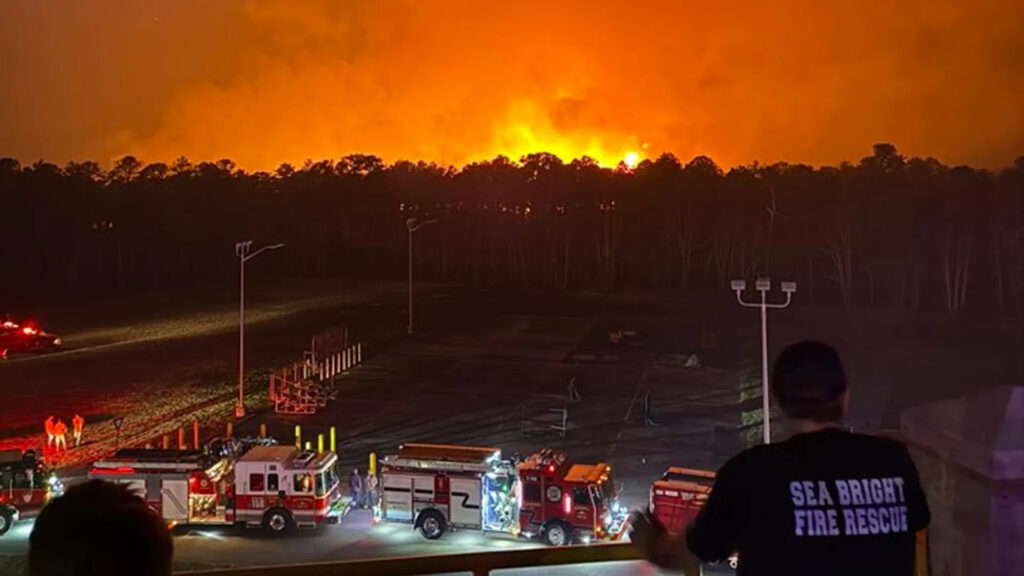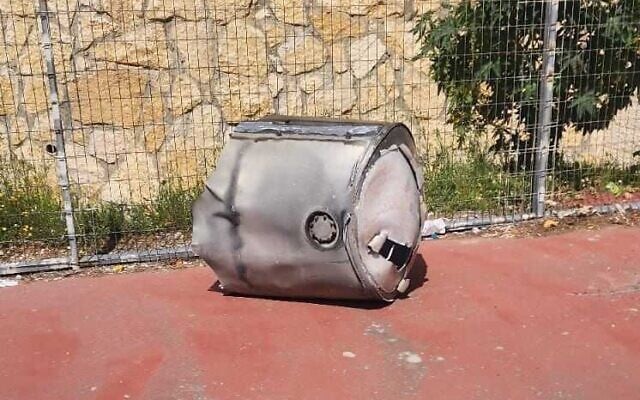Tragedy Strikes Vancouver: Festival Crash Leaves 11 Dead, Dozens Injured
A joyous community event turned into a scene of devastation late Saturday evening when a black Audi SUV barreled through a crowd attending the Lapu Lapu Day festival in Vancouver, leaving at least 11 people dead, including children, and injuring dozens more.
A Night of Celebration Turns to Horror
The tragedy unfolded around 8:14 PM, as families and festival-goers gathered near a line of food trucks to celebrate Lapu Lapu Day — a cultural event honoring Filipino heritage and heroism. Witnesses reported hearing the roar of an engine moments before the SUV accelerated into the densely packed area without warning.
First responders arrived within minutes, but the scale of the carnage was overwhelming. Paramedics, police officers, and volunteers rushed to aid the injured, while others desperately tried to revive victims on the scene.
“We were laughing and eating,” said one attendee, “and then it was like a nightmare — screaming, people running, people on the ground.”
Suspect in Custody
The driver, identified as 30-year-old Kai-Ji Adam Lo, was immediately apprehended after crashing into a nearby barrier while attempting to flee on foot. Lo now faces multiple counts of first-degree murder, attempted murder, and aggravated assault.
Authorities stated that early investigations suggest Lo was acting alone and that terrorism has been ruled out as a motive. However, officials are looking closely at his mental health history as a potential contributing factor.
“We believe this was an isolated incident,” Vancouver Police Chief Anita Gill said during a press conference. “But that makes it no less tragic. This was a senseless act that stole innocent lives.”
Court records reveal that Lo had previous minor offenses, but nothing indicating a pattern of violence. His family has reportedly been cooperating with investigators.
Mourning and Support
The shock of the incident has rippled across Vancouver and beyond. Local leaders, including Mayor Sophia Chung and British Columbia Premier Lisa Morgan, expressed condolences and pledged full support for the grieving community.
“Our hearts are broken,” Mayor Chung said during a candlelight vigil on Sunday evening. “We stand with every family shattered by this tragedy. Vancouver will heal, but we will never forget the lives lost here tonight.”
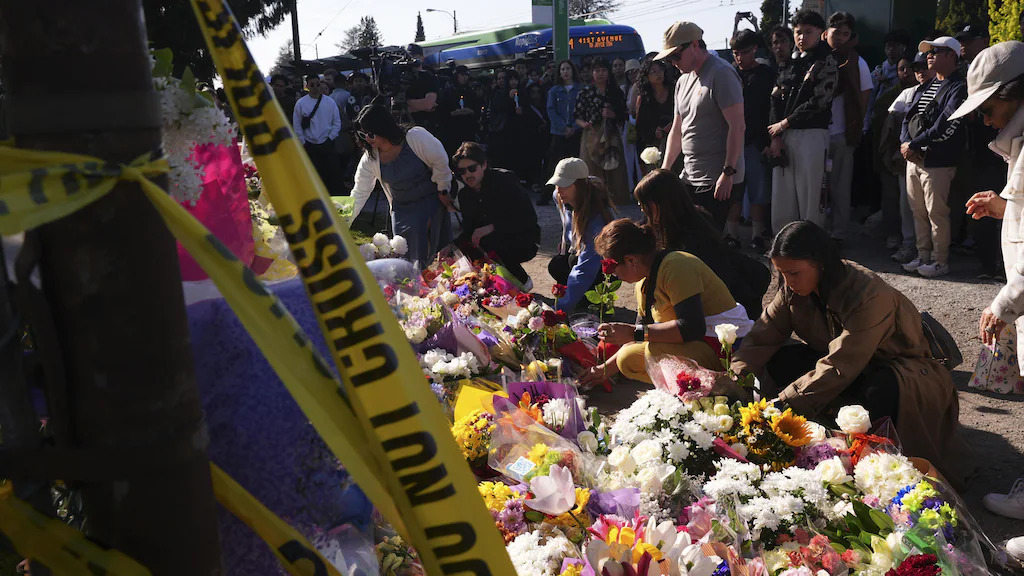
Vigils and memorials quickly sprang up across the city, with hundreds gathering to honor the victims. Flowers, candles, and handwritten notes lined the festival grounds, now cordoned off by police tape.
Emergency Response and Investigation
Hospitals across Vancouver treated dozens of people for injuries ranging from broken bones to critical trauma. Authorities have confirmed that some of the injured remain in intensive care, and the death toll could rise.
Investigators are conducting a full reconstruction of the crash scene, reviewing CCTV footage, and interviewing witnesses. Police have also seized Lo’s vehicle and electronic devices for forensic analysis.
Community Impact
The Lapu Lapu Day festival has been a cherished event in Vancouver’s multicultural calendar for over two decades, drawing thousands of attendees annually. This year’s event was particularly significant as it marked a return to full celebrations following years of pandemic restrictions.
“This was supposed to be a celebration of courage and resilience,” said festival organizer Marilou Santos. “Now it’s marked by grief. We will honor those we lost by staying strong.”
Counseling services have been offered to survivors, witnesses, and affected families. City officials announced the creation of a relief fund to support medical expenses and funeral costs.

